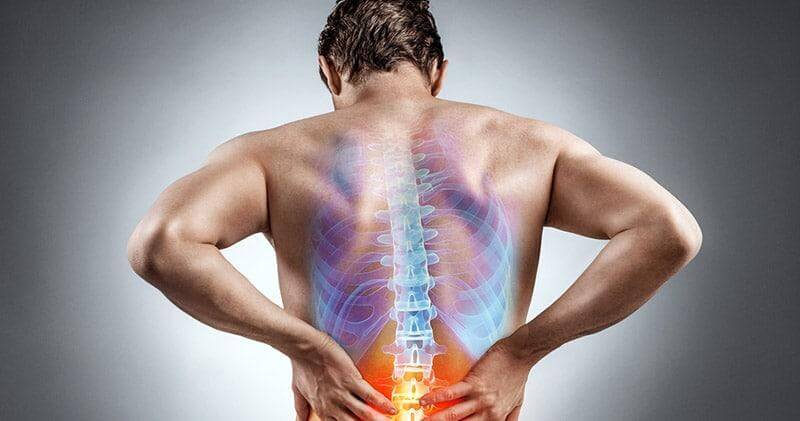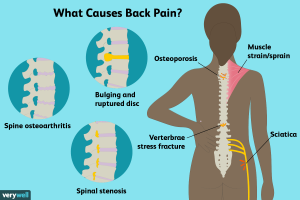Introduction
Back pain is a pervasive issue affecting millions of Americans, emerging as a primary cause of disability among individuals under the age of 45. Delving into the intricacies of back pain reveals a myriad of causes, ranging from spine-related problems and accidents to lifestyle triggers and emotional factors.

Spine-Related Problems: Unraveling the Mystery
Back pain often stems from issues in spinal joints, muscles, discs, and nerves. Key culprits include:
- Herniated or Slipped Discs: Soft tissue between joints protrudes, causing lower back or hip pain.
- Bulging Discs: Protrusions, usually symptomless unless pressing on a nerve root.
- Degenerative Disc Disease: Discs shrink or tear, leading to bone rubbing, often linked to aging.
- Inflammation and Wear of Sacroiliac Joint: Swelling and wearing away after injury, arthritis, infection, or pregnancy.
- Spinal Stenosis: Narrowed spinal canal, applying pressure on the spine and nerves.
- Cervical Radiculopathy: Pinched nerve, commonly caused by bone spur or herniated disc.
- Spondylolisthesis: Vertebrae slip forward, typically in the lower back.
- Spondylolis: Degenerative change in the spine, often associated with arthritis and disc disease.

Accidents and Injuries: Impacting Back Health
Various incidents, from car accidents to falls, can lead to back pain. Consider:
- Spine or Vertebral Fractures: Breaks due to hits, falls, or osteoporosis weakening bones.
- Sprains and Strains: Injuries to supporting ligaments, muscles, and tendons.
- Spasms: Torn muscles and tendons, commonly during weightlifting or sports.
Daily Habits Influencing Back Well-being
Back pain can result from everyday actions, including:
- Slouching at Your Desk
- Lifting Heavy Objects
- Being Overweight
- Lack of Exercise
- Smoking
- Wearing High Heels







